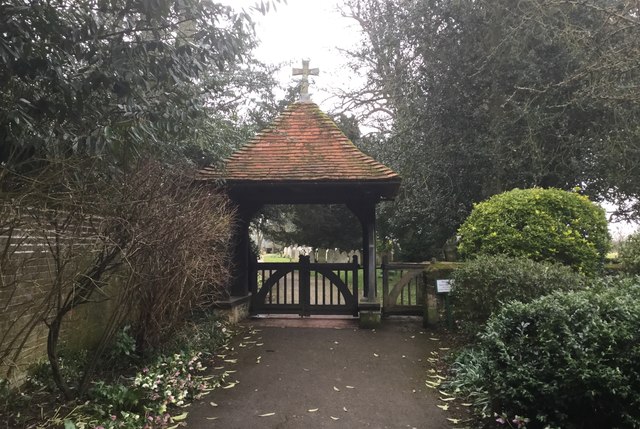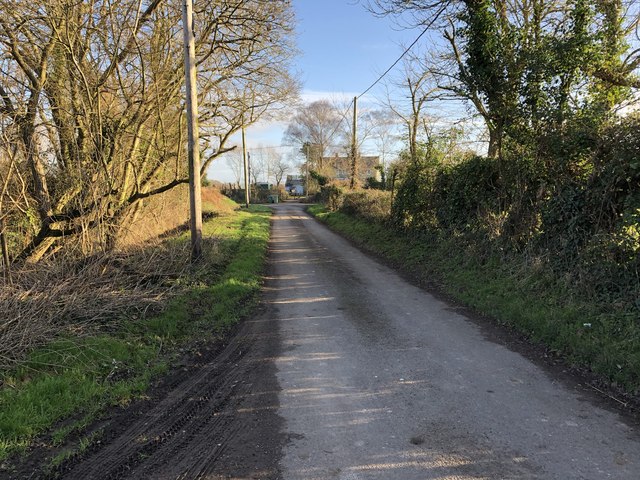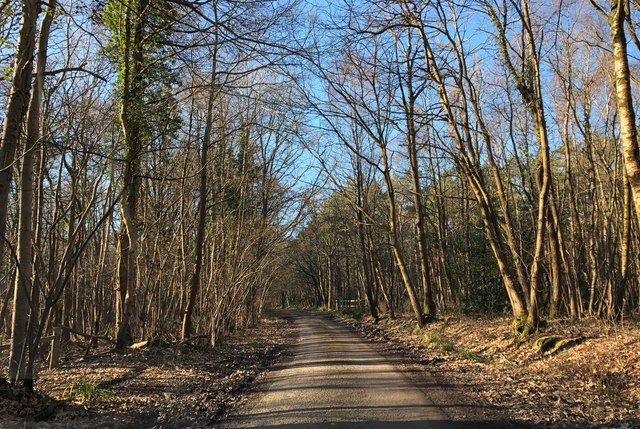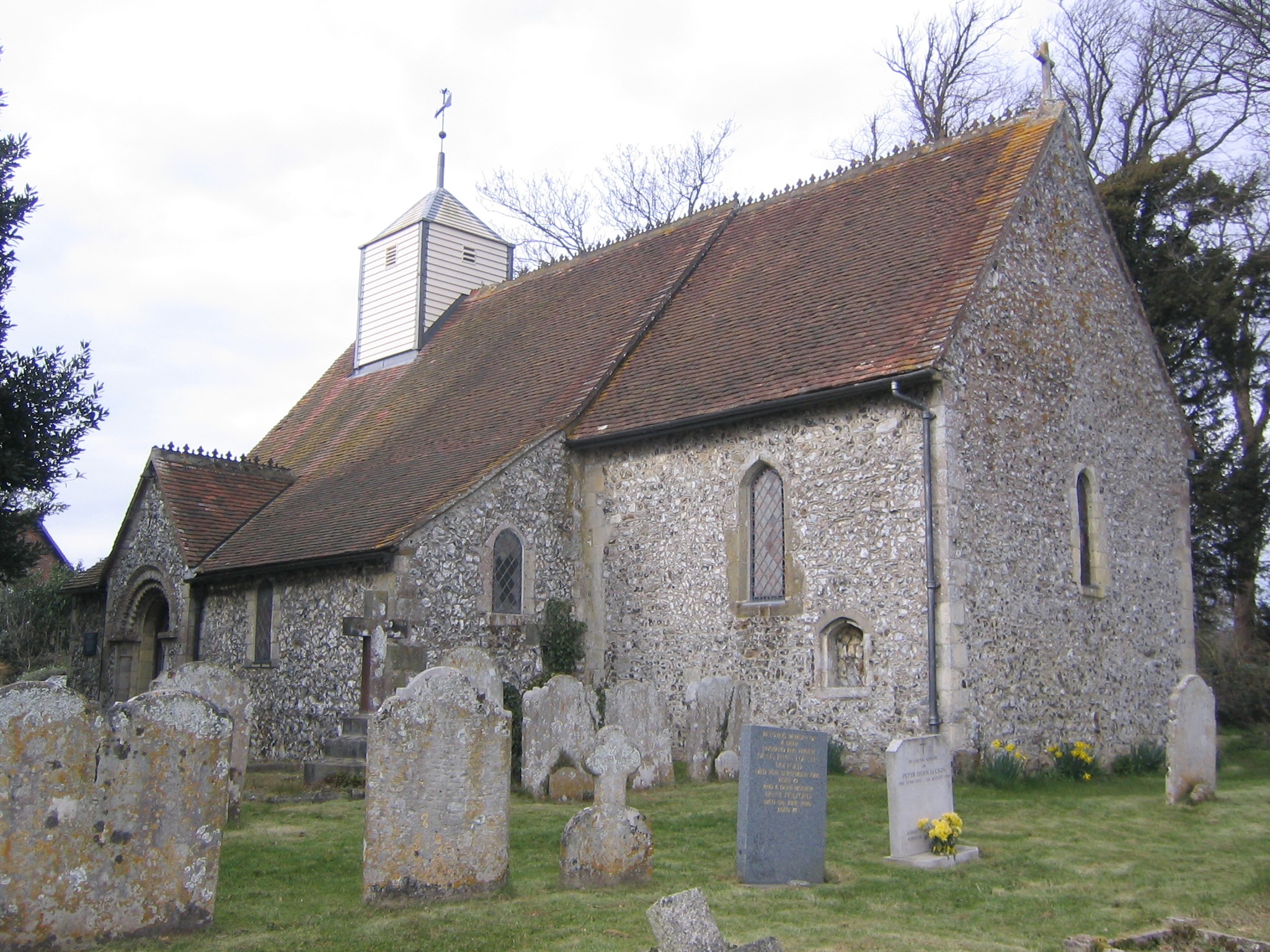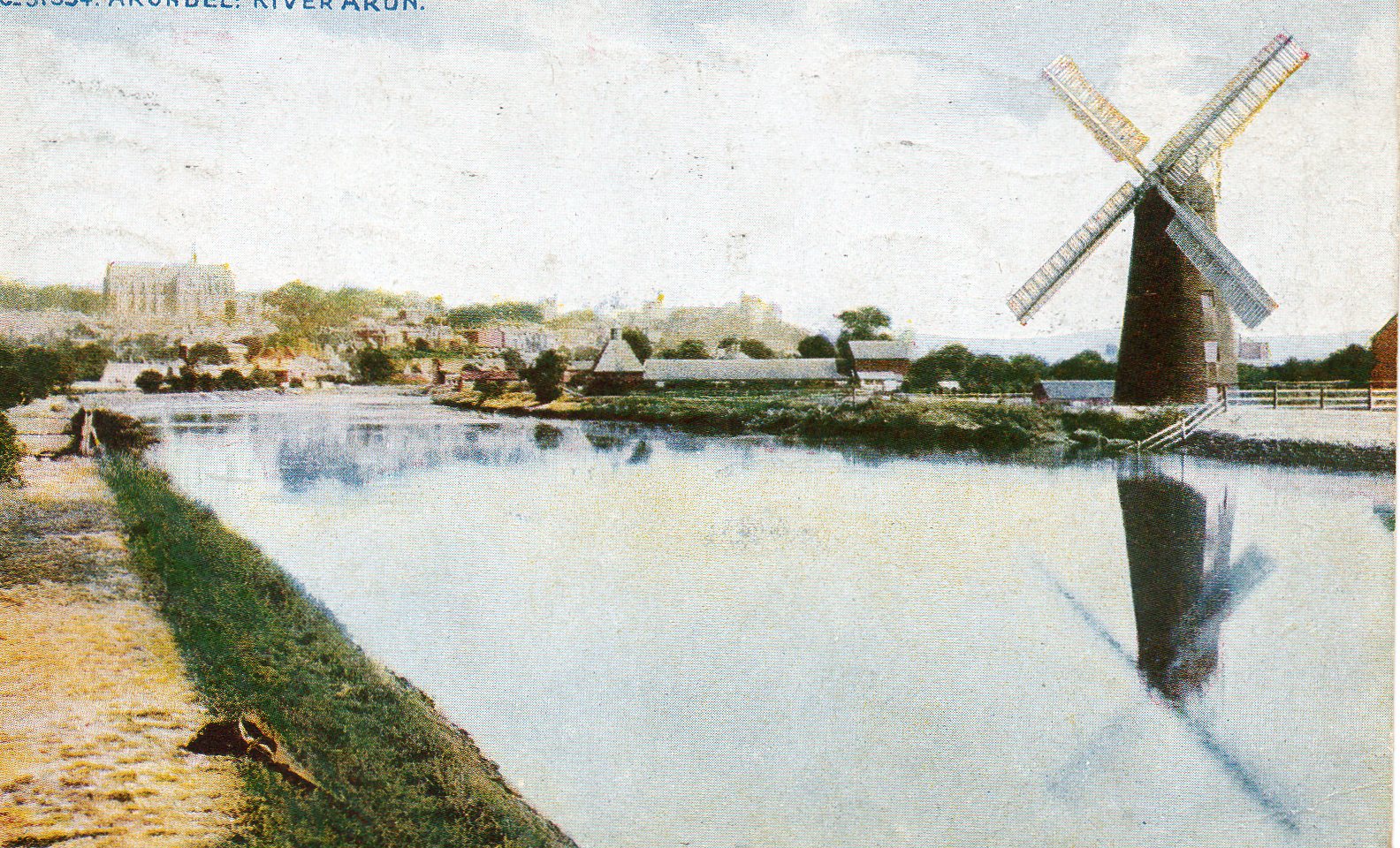Furzefield Copse
Wood, Forest in Sussex Arun
England
Furzefield Copse

Furzefield Copse is a picturesque woodland located in Sussex, England. Covering an area of approximately 50 hectares, it is known for its natural beauty and diverse ecosystem. The copse is predominantly made up of deciduous trees, including oak, beech, and birch, which create a canopy of lush green foliage during the summer months.
The forest floor of Furzefield Copse is adorned with a rich carpet of wildflowers, including bluebells, primroses, and wood anemones, which bloom in abundance during the springtime. This vibrant display of colors attracts a variety of wildlife, making the copse a haven for nature enthusiasts.
Visitors to Furzefield Copse can enjoy a network of well-maintained walking trails that wind their way through the woodland, allowing for peaceful strolls and opportunities to spot the copse's diverse wildlife. The copse is home to a range of bird species, such as woodpeckers, thrushes, and warblers, which can be heard singing their melodious tunes throughout the day.
In addition to its natural beauty, Furzefield Copse also holds historical significance. It is believed that the copse has been in existence for hundreds of years and has served as a source of timber for local communities throughout history.
Overall, Furzefield Copse offers a tranquil escape from the hustle and bustle of everyday life. Its combination of scenic beauty, diverse flora and fauna, and historical significance make it a must-visit destination for nature lovers and history enthusiasts alike.
If you have any feedback on the listing, please let us know in the comments section below.
Furzefield Copse Images
Images are sourced within 2km of 50.851019/-0.59835173 or Grid Reference SU9806. Thanks to Geograph Open Source API. All images are credited.


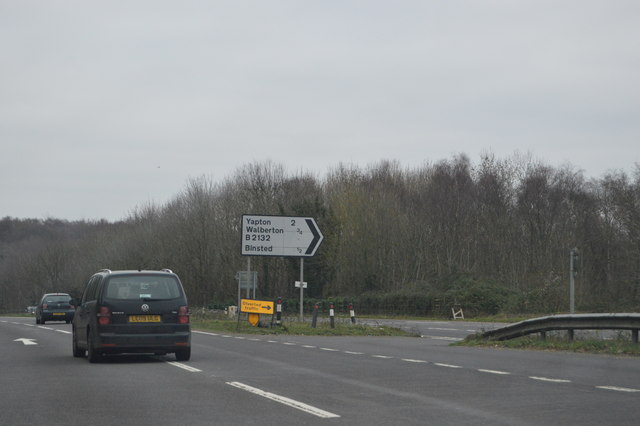
Furzefield Copse is located at Grid Ref: SU9806 (Lat: 50.851019, Lng: -0.59835173)
Administrative County: West Sussex
District: Arun
Police Authority: Sussex
What 3 Words
///molars.test.neatly. Near Walberton, West Sussex
Nearby Locations
Related Wikis
A27 road
The A27 is a major road in England. It runs from its junction with the A36 at Whiteparish (near Salisbury) in the county of Wiltshire, follows the south...
Walberton
Walberton is a village and civil parish in the Arun District of West Sussex, England, 5 miles (8 km) north-west of Littlehampton, and south of the A27...
St Mary's Church, Walberton
St Mary's Church is an Anglican church in the village of Walberton in the district of Arun, one of seven local government districts in the English county...
St Mary Magdalene's Church, Tortington
St Mary Magdalene's Church is the former Anglican parish church of the hamlet of Tortington in the district of Arun, one of seven local government districts...
Tortington
Tortington is a small village and former civil parish, now in the parish of Arundel, in the Arun district of West Sussex, England. It lies between the...
Arundel and District Hospital
Arundel and District Hospital is a health facility in Chichester Road, Arundel, West Sussex, England. It is managed by the Sussex Community NHS Foundation...
South Marsh Mill, Arundel
South Marsh Mill is a grade II listed tower mill at Arundel, Sussex, England which has been converted to residential use. == History == South Marsh Mill...
Ford railway station
Ford railway station is a railway station in Ford, West Sussex, England. It is located on the West Coastway Line which runs between Brighton and Southampton...
Have you been to Furzefield Copse?
Leave your review of Furzefield Copse below (or comments, questions and feedback).







